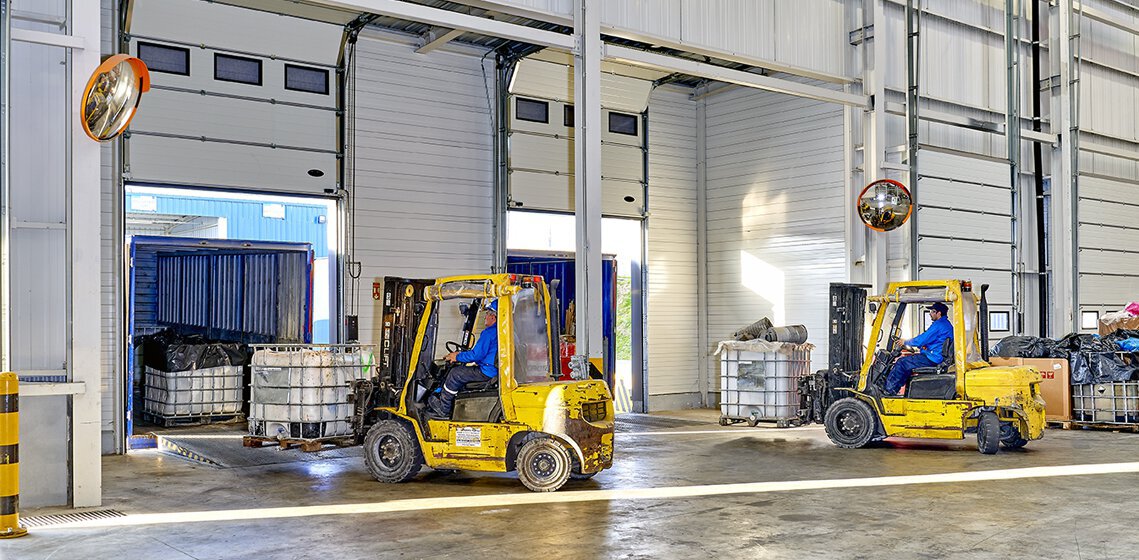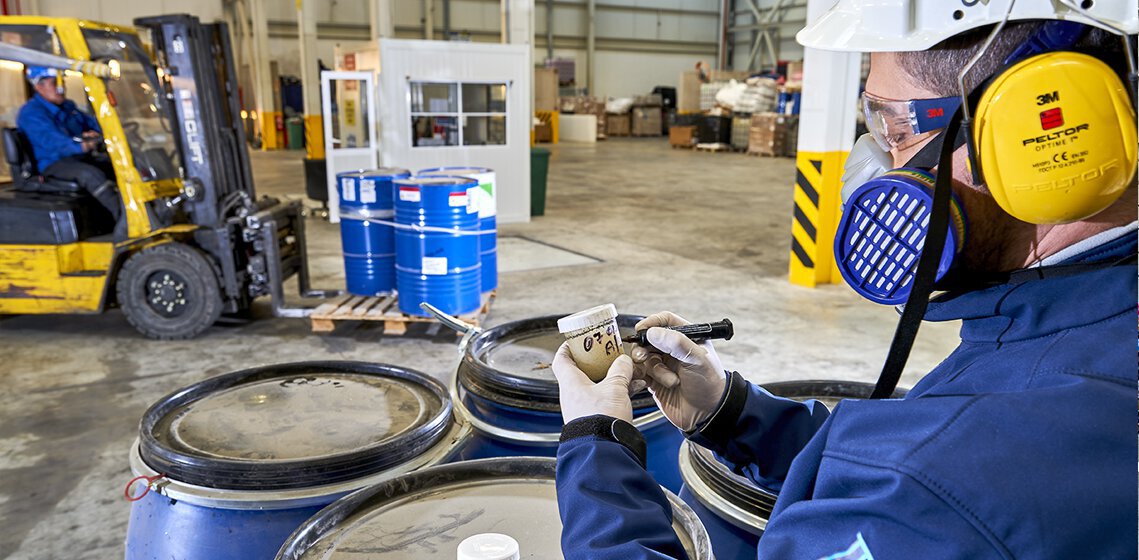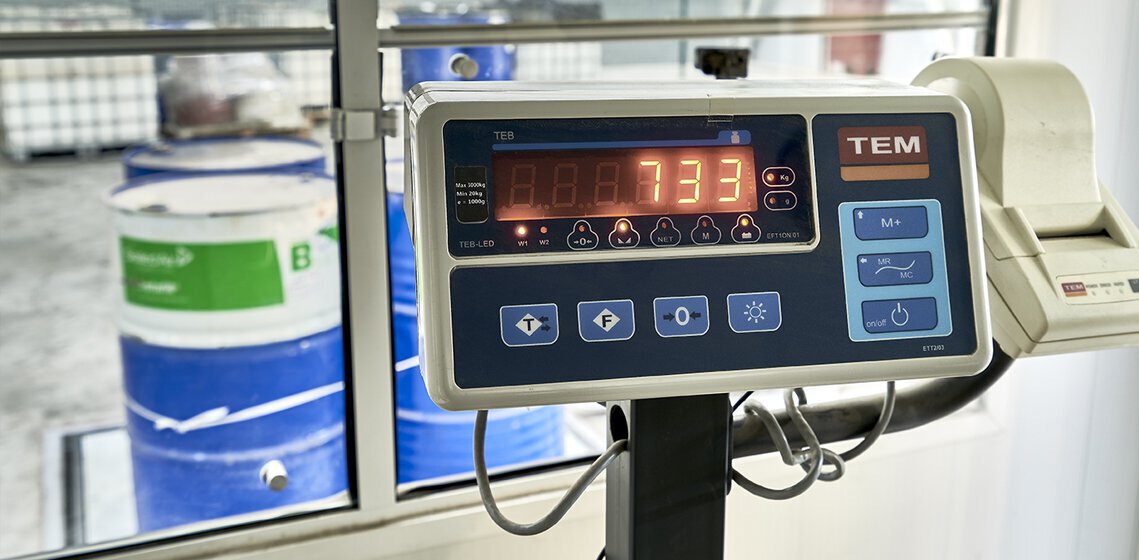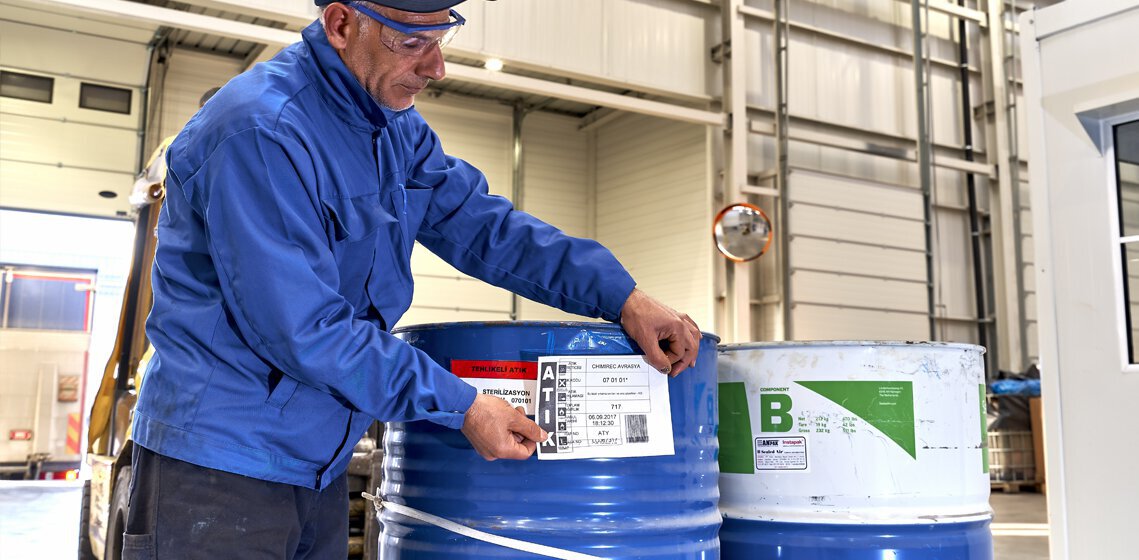Transit Storage Facilities store waste safely before it is delivered to recycling and final disposal facilities. They can be considered transfer stations.
A wide range of waste is generated as a result of the activities of Waste-Generating Facilities. After waste analysis and identification, it is determined how and where the waste will be recycled or disposed of. While some types of waste are sent to landfills, others are sent to RDF plants or incineration plants.
The activities carried out in these facilities are different and require expertise in different fields. Therefore, most facilities cannot accept all types of waste generated by waste producers. Waste producers may need to work with separate companies for different waste codes.
The easiest way to solve this problem is to work with Transit Storage Facilities. These facilities are able to provide services for nearly all types of waste that may be generated by waste producers. However, Transit Storage Facilities are not disposal or recycling facilities. The waste sent to an Transit Storage Facility is then transferred to a disposal or recycling facility.
Due to your joint responsibility, it is important for you to be informed about the contracts signed between the Transit Storage Facilities where you send your waste and the companies to which your waste is sent by these facilities, and the delivery dates, and obtain the footage of disposal.
TRACKING OF WASTE THROUGH THE BARCODE SYSTEM
The waste tracking (barcode) system that we set up in 2011 to ensure the tracking of waste is only used by Chimirec Avrasya in Turkey.
The following information can be accessed within seconds thanks to the label created through this system for each waste pallet accepted by the facility:
• the waste producer from which the waste came from,
• current information on the Waste Producer,
• the vehicle/driver that/who delivered the waste,
• the waste acceptance date (year/month/day/time),
• the waste code and the amount of waste,
• the characterization and reaction/risk analysis of the waste,
• the analysis report of the waste,
• the shelf number in the transit storage area,
• the maximum period of storage,
• the method of processing (RDF/Recycling/Incineration/Landfilling), and
• invoice details.
Chimirec Avrasya has been holding a Transit Storage License since 2007 and became an Integrated facility in 2017.




